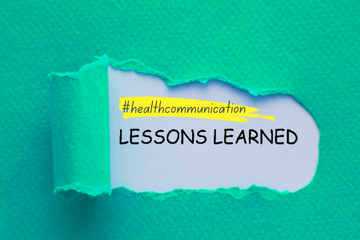Lessons learned: What makes vaccine messages persuasive

You’re reading Lessons Learned, which distills practical takeaways from standout campaigns and peer-reviewed research in health and science communication. Want more Lessons Learned? Subscribe to our Call to Action newsletter.
Vaccine hesitancy threatened public health’s response to the COVID-19 pandemic. Scientists at the University of Maryland recently reviewed 47 randomized controlled trials to determine how COVID-19 communications persuaded—or failed to persuade—people to take the vaccine. (Health Communication, 2023 DOI: 10.1080/10410236.2023.2218145).
What they learned: Simply communicating about the vaccine’s safety or efficacy persuaded people to get vaccinated. Urging people to follow the lead of others, by highlighting how many millions were already vaccinated or even trying to induce embarrassment, was also persuasive.
Why it matters: Understanding which message strategies are likely to be persuasive is crucial.
➡️ Idea worth stealing: The authors found that a message’s source didn’t significantly influence its persuasiveness. But messages were more persuasive when source and receivers shared an identity, such as political affiliation.
What to watch: How other formats, such as interactive chatbots and videos, might influence persuasiveness. And whether message tailoring could persuade specific population subgroups.


